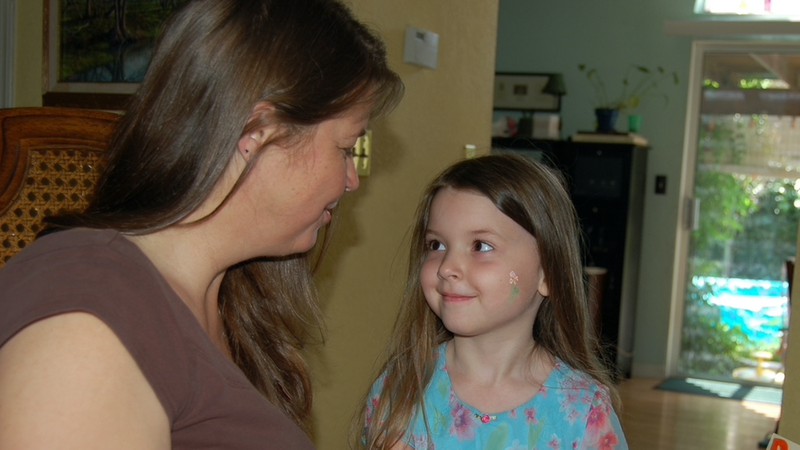
A new bill would expand the state's paid family leave. Photo By Dave Parker / Wikimedia Commons C.C. 2.0 Share-Alike License
A new paid family leave bill that has already passed the Assembly by a unanimous 65-0 vote would effectively replace all wages lost by workers who choose to take a family medical leave. The law, AB 123 authored by San Diego Assemblymember Lorena Gonzalez, now awaits a vote in the state senate, according to a CalMatters report written by Sameea Kamal.
In 1993, Pres. Bill Clinton signed the Family Medical Leave Act into law, allowing workers to take up to 12 weeks off from their jobs for reasons having to do with their health, the health of their families or, of course, to attend to a newborn baby. There was only one catch. The three months of “leave” came with no money. Workers could stay home, but they had to do it without any income.
According to the Institute for Employment Research at the University of California at Berkeley, data showed that a “significant percentage” of American workers who needed a family medical leave simply never took one for the simple reason that they couldn’t afford to. This seemed like a pretty big hole in the family leave law, and as a result, 28 states since Clinton signed the bill have at least introduced their own laws to pay employees during their family leave periods.
But only California and four other states — New York, New Jersey, Rhode Island, and Washington — as well as Washington DC, now have paid family leave bills in place, according to the National Conference of State Legislatures.
In 2002, after the federal law had been in effect for nine years, California became the first of those 28 states to pass a law providing some cash for workers on family leave. The program was, and remains today, paid for through a payroll tax and is administered through the Employment Development Department as part of the state’s disability insurance program. Under the original program, workers could get up to 55 percent of their lost wages paid to them.
In 2016, the legislature passed a law expanding the program to pay 60 percent of wages for workers who earned more than one-third of the state’s average income, 70 percent for those below that line. Three years later, Gov. Gavin Newsom ordered the period that workers could receive the wage replacement cash elongated from six weeks to eight.
The 2016 law was supposed to expire at the start of 2022, but Newsom and the legislature agreed to push that date back a year, to 2023.
Still, the program has not benefited workers the way it was designed — at least not low-wage workers. Employees earning $27,000 receive just $364 per week under the current program. A worker making $75,000 per year would receive a benefit of $520 per week, while a worker pulling in $150,000 would take home the maximum payment of $1,300 per week.
As a result, fully one third of workers eligible for paid family leave have chosen not to take it. According to EDD data cited by Cal Matters, as many workers who make more than $100,000 per year took paid family leave in 2019 as those making under $20,000. Of the $1.1 billion in family leave payments made by the state in 2019, $287 million — more than one of every four dollars paid out — went to workers making at least $100,000.
Yet, all workers pay into the system at the same rate of 1.2 percent of every paycheck.
Short articles summarizing reporting by local news sources with linkbacks to the original content.